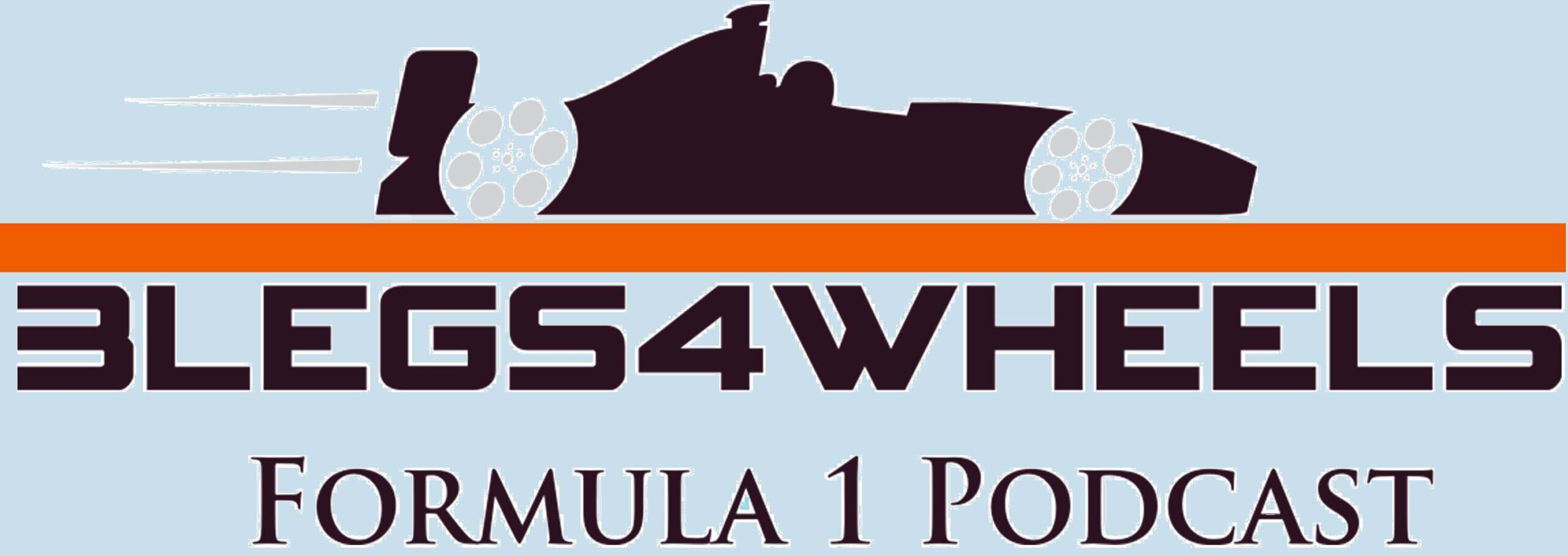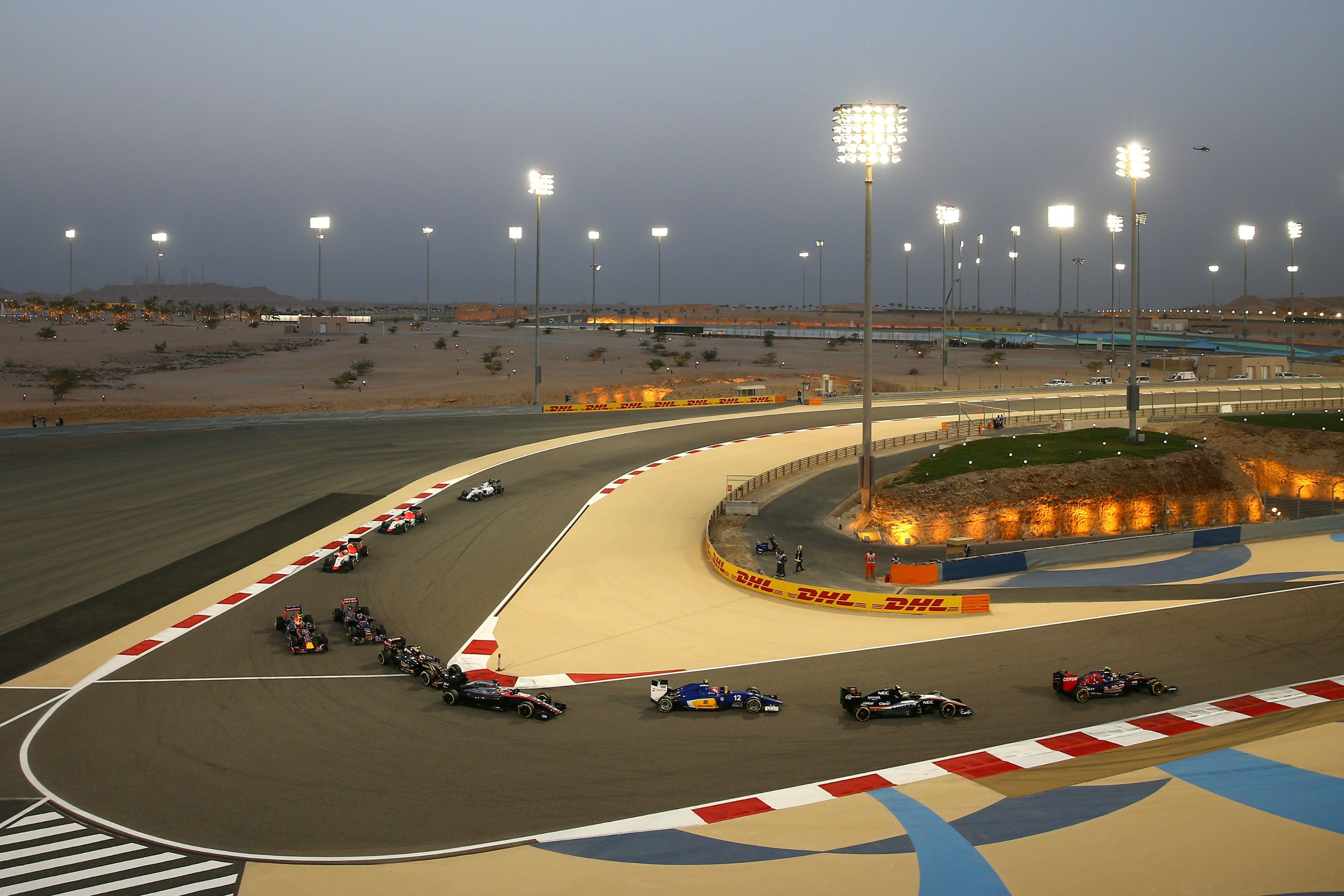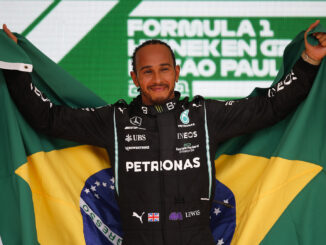
Podcast: Play in new window | Download
Subscribe: Apple Podcasts | RSS
We’ve got another special show this week as Craig Scarborough joins us again to talk though what the teams have achieved in the first have of he season and where the upgrades are going to surface in the second half.
There’s also a bit of chat about the upcoming 2021 regulations (if they happen) and how F1 in 2020 is going to feature more of an evolution of this year’s cars than any revolutionary new steps forward and loads more besides.
Sadly due to time constraints we couldn’t fit in a Who’s a Total Shunt this week, but there is a new Formula Lee challenge (Belgium in the dry in a RedBull) and one or two of our usual tangents. Also don’t forget to sign up for our league in the official Fantasy F1 game and we’ve got our own predictions league running too that you can take part in and if you want your own 3Legs4Wheels t-shirt you can get one from our shop at Teepublic
Enjoy
As always, you can listen here or on Stitcher and iTunes and most other podcast apps too along with Spotify, Acast and TuneIn Radio (which means we now play on Alexa devices)





Thanks for the podcast – really enjoyed it 🙂 Something is really puzzling me though – and maybe its because I’ve misunderstood something: I’ve done a bit of freestyle climbing and we wear ‘sticky’ boots made from soft rubber on some climbs, while on other climbs you want more ‘edge’ or a harder rubber compound. The super soft sticky boots will always wear out faster than the harder compound, but you get a lot more grip because the rubber is sacrificial. I’d always assumed F1 tyres were much the same: more grip, more rubber left of the track, higher degradation. Harder tyres last longer, but offer less grip. So I was really surprised to hear Scarbs talking about degradation as if it were something separate from stickiness or grip?
I think the FIA should do away with any tyre rules beyond specifying a hard tyre compound that will last the whole race no stops, a medium that will last half the race, one stop, and a soft tyre that will last 1/3 of the race, two stops. The hard tyre would just have to be approx. 30 seconds slower over the whole race distance than the medium tyre, to allow for the time lost for the pit stop, and the soft tyre 60 seconds faster than the hard. All this can be calculated by the manufacturer these days. Then let the teams choose the best combination of compounds and pit stops for their car on each circuit. No artificial rules to force pit stops – they wouldn’t be needed, because maths, physics and engineering would determine strategies which would inevitably vary widely across all the teams, especially with downforce, circuit type and track temperature. This seems pretty straightforward to me, so I’m probably missing something?